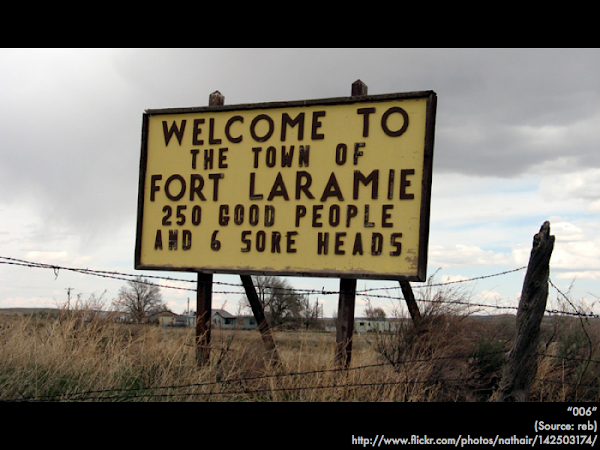




1. Research Report: Impact Craters
- Specific Research Question:
"How does the depth of an object dropped in baking soda change as the drop height changes?"
- Step-By-Step Procedure to Collect Evidence:
- Get bowl of baking soda, steel ball, meter stick and two rulers.
- Drop ball of heights of 10 cm to 100 cm, three drops each height, increasing drop heights by 10 cm.
- Record data on a graph. Buried depth of object is defined to be full height of ball minus the height of ball showing above the surface.
- Draw conclusion(s) from data recorded.
- Data Table and/or Results:
Impactor
height (cm):Impactor
energy (kiloergs):
Crater depths (cm):Average
crater depth (cm):10 cm 668 kiloergs 1, 1, 1 cm 1 cm 20 cm 1,396 kiloergs 1.25, 1.25, 1.25 cm 1.25 cm 30 cm 2,004 kiloergs 1.5, 1.5, 1.5 cm 1.5 cm 40 cm 2,672 kiloergs 2, 2, 2 cm 2 cm 50 cm 3,340 kiloergs 2, 2, 2.1 cm 2.03 cm 60 cm 4,009 kiloergs 2, 2.3, 2.1 cm 2.2 cm 70 cm 4,676 kiloergs 2.4, 2, 2.2 cm 2.2 cm 80 cm 5,344 kiloergs 2.2, 2.3, 2.4 cm 2.3 cm 90 cm 6,012 kiloergs 2.3, 2.4, 2.4 cm 2.37 cm 100 cm 6,680 kiloergs 2.4, 2.3, 2.4 cm 2.37 cm

- Evidence-Based Conclusion Statement:
The data shows that the higher the drop height of the ball, the deeper the depth of the crater is. We observed that from drop heights of 70 cm to 100 cm, the depth roughly stayed the same.
- Specific Research Question:
"What percentage of terrestrial exoplanets are closest to Earth's mass?"
- Step-By-Step Procedure to Collect Evidence:
Go to http://exoplanets.org.
- Click on "Plots" and choose "Histogram Plot."
- Type in "A[au]" for the y-axis to plot the semi-major axis.
- Type in "MASS[mearth]" to plot the planet's mass for the x-axis.
- Set "Min" to 0 and "Max" to 3 for the x-axis.
- Set "Min" to 0 and "Max" to 30 for the y-axis.

- Data Table and/or Results:
(See histogram graph at right.)
- Evidence-Based Conclusion Statement:
The majority of exoplanets that are closest to Earth's mass are smaller than the mass of Earth. 83.9% of terrestrial exoplanets are smaller than Earth's mass.
- Specific Research Question:
"How do colors affect spiral versus elliptical galaxies?"
- Step-By-Step Procedure to Collect Evidence:
Use http://zoo1.galaxyzoo.org/ to make observations.
- Click on "Galaxy Analysis" tab.
- Go through 100 color pictures of identifiable galaxies.
- Tally the color versus type.
- Figure out if there is any correlation.

- Data Table and/or Results:
Color: Spiral: Elliptical: orange 10 29 red 1 3 white 15 5 blue 26 11
- Evidence-Based Conclusion Statement:
After recording the data, the data answers our question in showing that certain colors show up in more in the different types of galaxies. 26 spiral galaxies out of the 100 galaxies were blue, and 29 galaxies of the 100 galaxies were elliptical.
No comments:
Post a Comment